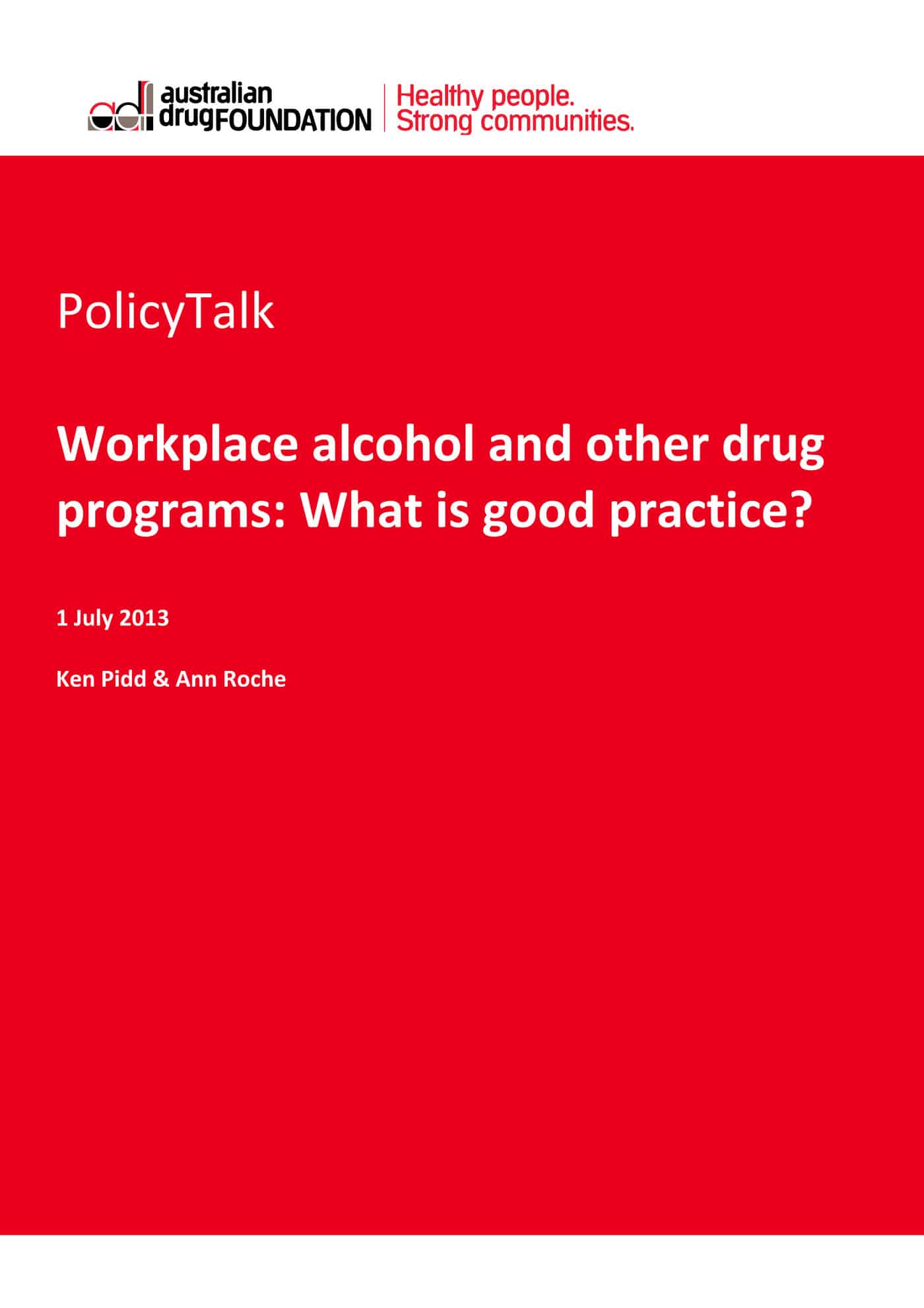On 1 July 2014, the Victorian Government introduce a mandatory drug and alcohol testing regime for the sections of the construction industry. According to the government’s media release:
“New requirements for tighter screening of drug and alcohol use at construction workplaces across Victoria will commence from 1 July, helping to ensure a safer and more secure environment for workers.”
This decision has been made on the basis of “widespread reports of workers being intoxicated, and of drug distribution and abuse” but the rest of the media release reveals other reasons for these changes including political pressure on its Labor Party and trade union opponents in the months before a close State election. Premier Denis Napthine has indicated that the move is also about cracking down on “outlaw motorcycle gangs dealing drugs on the sites”.
But are reports of potential criminality on building site enough to introduce a drug and alcohol testing regime? It is worth looking at some of the existing research on drug and alcohol use (or its absence) in Australian and Victorian work sites.

